Moving The Garden
toxcrusadr
10 years ago
Related Stories
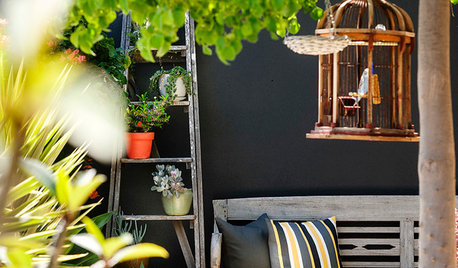
URBAN GARDENSPlant a Garden That Can Move With You
Think mobile when planning your outdoor space and you can enjoy it wherever you move next
Full Story
LANDSCAPE DESIGNGet Your Garden Moving for a Magical Mood
Use wind, water and wild creatures to add dimension and life to your landscape
Full Story
LANDSCAPE DESIGNHow to Move Water Through Your Landscape
Swales, underground pipes or a mix of both: There’s more than one way to distribute water in the garden
Full Story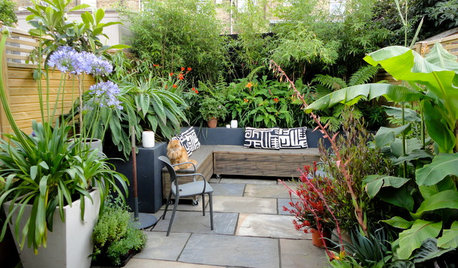
GARDENING AND LANDSCAPING10 Great Design Moves for a Small Courtyard
These beautiful enclosed yards show how to get the most from a relatively small outdoor living area
Full Story
LIFEThe Moving-Day Survival Kit: Lifesaving Items and Niceties
Gather these must-haves in advance for a smooth move and more comfortable first days in your new home
Full Story
LIFERetirement Reinvention: Boomers Plot Their Next Big Move
Choosing a place to settle in for the golden years? You're not alone. Where boomers are going and what it might look like
Full Story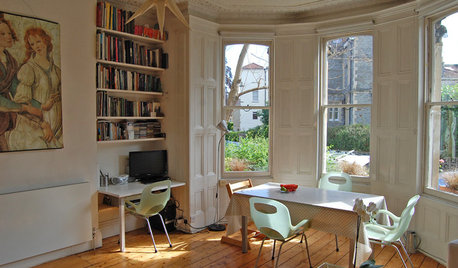
MOVING10 Rooms That Show You Don’t Need to Move to Get More Space
Daydreaming about moving or expanding but not sure if it’s practical right now? Consider these alternatives
Full Story
LIFE7 Things to Do Before You Move Into a New House
Get life in a new house off to a great start with fresh paint and switch plates, new locks, a deep cleaning — and something on those windows
Full Story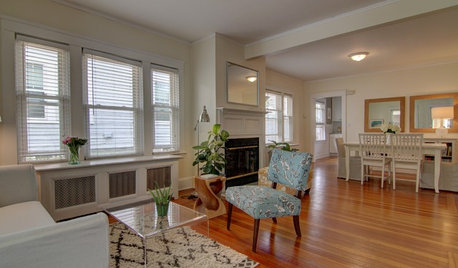
SELLING YOUR HOUSEA Moving Diary: Lessons From Selling My Home
After 79 days of home cleaning, staging and — at last — selling, a mom comes away with a top must-do for her next abode
Full Story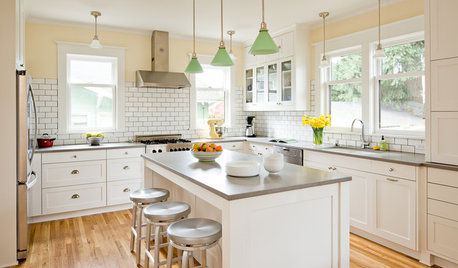
MOVINGThe All-in-One-Place Guide to Selling Your Home and Moving
Stay organized with this advice on what to do when you change homes
Full StoryMore Discussions






glib
ericwi
Related Professionals
Kyle Landscape Architects & Landscape Designers · Oatfield Landscape Architects & Landscape Designers · Zion Landscape Architects & Landscape Designers · New Braunfels Landscape Contractors · Newnan Landscape Contractors · Chicago Ridge Landscape Contractors · Ansonia Landscape Contractors · Arlington Heights Decks, Patios & Outdoor Enclosures · Fort Collins Decks, Patios & Outdoor Enclosures · Greeley Decks, Patios & Outdoor Enclosures · Issaquah Decks, Patios & Outdoor Enclosures · Markham Decks, Patios & Outdoor Enclosures · Montgomery County Decks, Patios & Outdoor Enclosures · Parlier Decks, Patios & Outdoor Enclosures · Wildomar Decks, Patios & Outdoor Enclosurespnbrown
toxcrusadrOriginal Author
TXEB
glib
chickencoupe
pnbrown
toxcrusadrOriginal Author
TXEB
toxcrusadrOriginal Author
pnbrown
oliveoyl3
toxcrusadrOriginal Author
TXEB
toxcrusadrOriginal Author
toxcrusadrOriginal Author